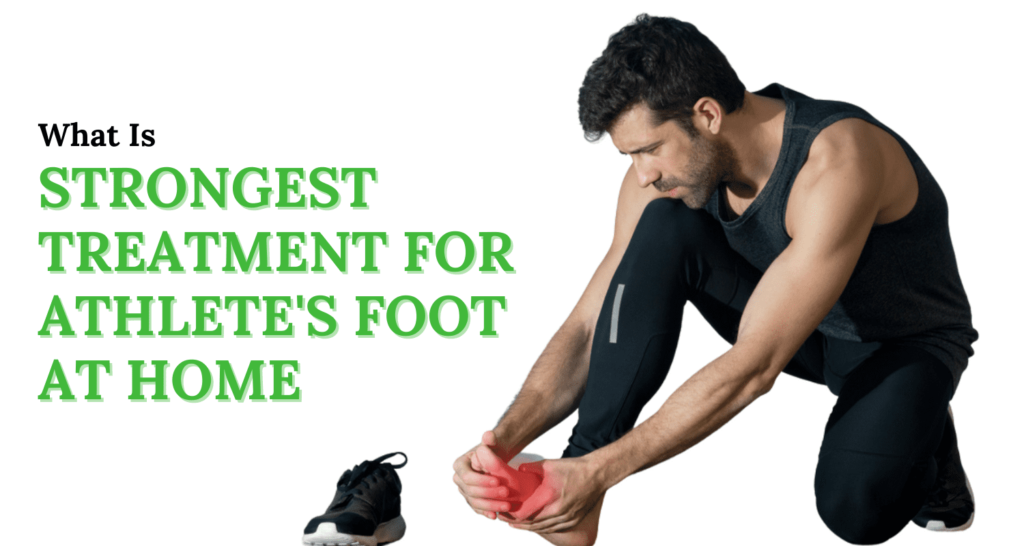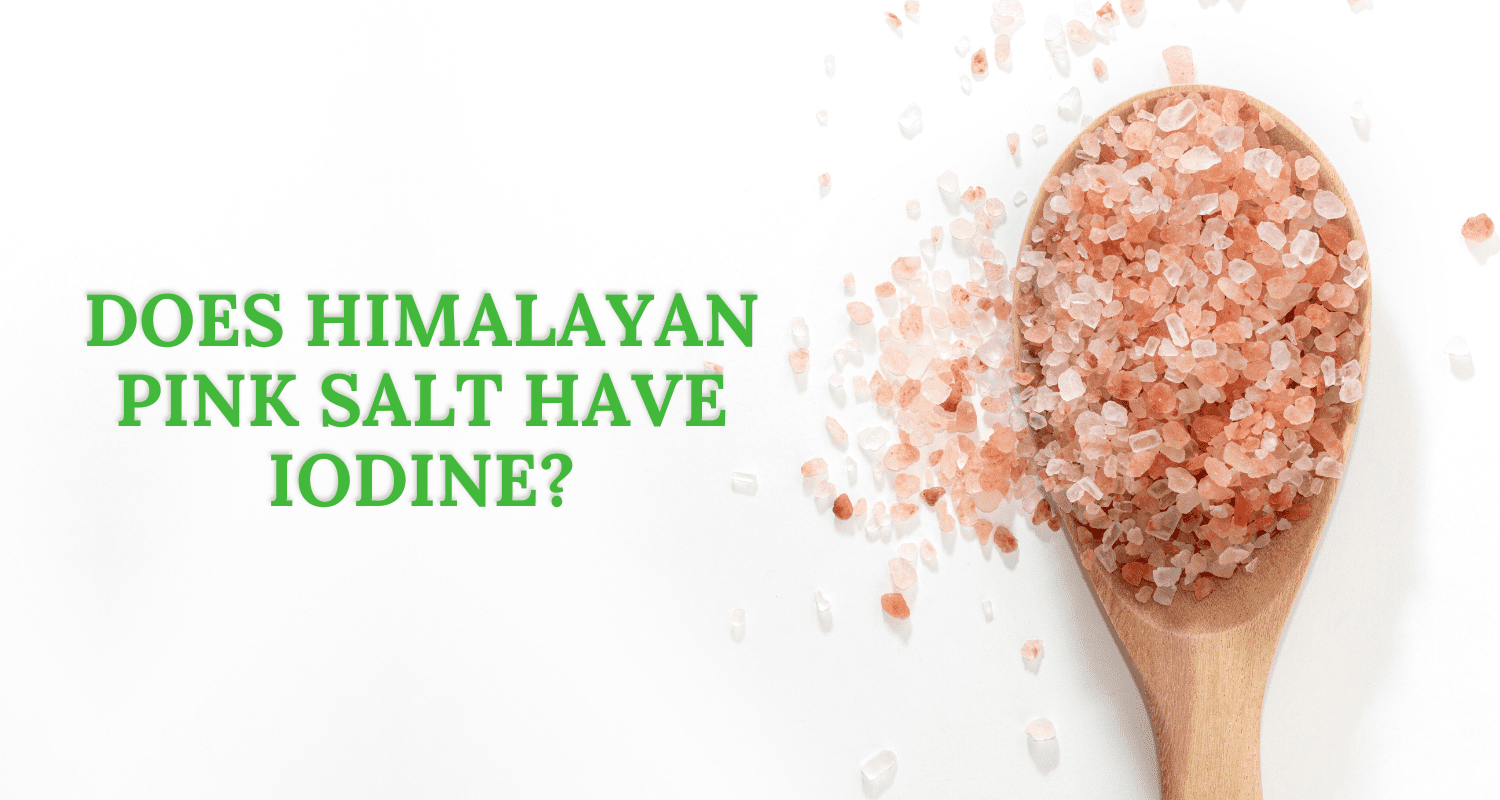Athlete’s foot, a common fungal infection that targets the feet, can be quite the nuisance for those affected.
While medical treatments exist, exploring self-care and home remedies can often provide relief and aid in combating this condition.
From the soothing properties of tea tree oil to the antibacterial benefits of garlic and the neutralizing effects of baking soda, a range of household items can potentially help alleviate symptoms.
In this blog, we delve into what is the strongest treatment for athlete’s foot at home, discussing their efficacy and availability.
Discover which remedies you can easily access at home or in health food stores, and learn when it might be necessary to seek professional medical advice for persistent or severe cases.
Let’s explore what is the strongest treatment for athlete’s foot at home.
Key Takeaways:
- What is the strongest treatment for athlete’s foot at home? Home remedies such as tea tree oil, vinegar, and garlic can provide relief for athlete’s foot
- Over-the-counter treatments like antifungal creams, sprays, or powders can target the fungus and reduce symptoms
- Prescription medications may be necessary for severe or persistent cases of athlete’s foot
- Prevention is key to avoiding future bouts of athlete’s foot, including practicing good foot hygiene and wearing breathable shoes
Understand What Athlete’s Foot Is?
Before diving into what is the strongest treatment for athlete’s foot at home, it’s important to understand what athlete’s foot is and its common symptoms.
Athlete’s foot, also known as tinea pedis, is a fungal infection that primarily affects the skin on the feet.
It is caused by various types of fungi, such as Trichophyton and Epidermophyton, which thrive in warm and moist environments.
The symptoms of athlete’s foot can vary but commonly include:
- Itching and burning sensation
- Red and inflamed skin
- Peeling and cracking of the skin, especially between the toes
- Blisters and ulcers in severe cases
Athlete’s foot is highly contagious and can be easily transmitted through direct contact with infected surfaces or through contact with contaminated items, such as towels or socks.
It is commonly found in public areas like gyms, swimming pools, and communal showers.
Now that we have a better understanding of athlete’s foot and its symptoms, let’s explore the various treatment options and athlete’s foot remedies that work for managing this common fungal infection.
Natural Remedies for Athlete’s Foot
In this section, we will explore natural remedies that can help alleviate the symptoms of athlete’s foot.
These remedies are easily accessible at home and are the best athlete’s foot treatments.
Athlete’s foot is a common fungal infection that affects the skin on your feet.
It causes itching, redness, and scaling, often between the toes or on the soles of the feet.
While over-the-counter and prescription treatments are available, natural remedies can offer an alternative approach.
Below are some natural remedies that have been known to work well in managing athlete’s foot:
- Tea tree oil: With its antifungal properties, tea tree oil can help kill the fungus causing athlete’s foot. Dilute a few drops of tea tree oil in a carrier oil, such as coconut or olive oil, and apply it to the affected areas twice a day.
- Vinegar soak: Soaking your feet in a mixture of vinegar and water can help balance the pH level of the skin, creating an unfavorable environment for the fungus. Mix equal parts of white vinegar and water, and soak your feet for 15-20 minutes daily.
- Ginger paste: Ginger has natural antifungal properties. Grate fresh ginger and make a paste by mixing it with water. Apply the paste to the affected areas and leave it on for 30 minutes before rinsing with warm water. Repeat daily.
- Garlic: Garlic is known for its antifungal and antibacterial properties. Crush a few cloves of garlic and apply the paste directly to the affected areas. Leave it on for 30 minutes, then rinse with water and pat dry. Repeat daily.
- Saltwater soak: Soaking your feet in warm saltwater can help reduce inflammation and discomfort caused by athlete’s foot. Dissolve a handful of salt in warm water, and soak your feet for 15-20 minutes daily.
It’s important to note that while natural remedies can be effective, they may not work for everyone.
If your symptoms worsen or persist, it’s recommended to consult a healthcare professional for further evaluation and treatment options.
By incorporating these natural remedies into your daily routine, you can take a more holistic approach to managing athlete’s foot and finding relief from its symptoms.
Prescription Options for Athlete’s Foot
For severe or persistent cases of athlete’s foot, prescription treatments may be necessary.
While over-the-counter treatments can be effective for mild cases, stronger medications may be required to target stubborn infections.
It’s important to consult a healthcare professional for the most suitable prescription option based on your specific condition for athlete’s foot treatment options.
1. Topical Antifungal Medications
Prescription-strength topical antifungal medications are commonly prescribed for athlete’s foot treatment.
These medications usually contain stronger ingredients than their over-the-counter counterparts, allowing for more effective eradication of the fungus causing the infection.
They come in the form of creams, ointments, or sprays that need to be applied directly to the affected area. It’s crucial to follow the prescribed dosage and duration of use to achieve optimal results.
2. Oral Antifungal Medications
For more severe cases or when the infection has spread to other areas of the body, oral antifungal medications may be prescribed.
These medications work from within the body to target the fungal infection systemically.
A healthcare professional will determine the appropriate dosage and duration of treatment based on the severity of the infection.
It’s important to note that oral antifungal medications may carry potential side effects and interactions with other medications, so it’s crucial to disclose your medical history and any current medications to your healthcare provider.
3. Combination Therapy
In some cases, a healthcare professional may recommend a combination therapy approach.
This involves using both topical and oral antifungal medications simultaneously to tackle the infection from different angles.
Combination therapy can be particularly effective when the infection is resistant to treatment or when there are associated complications, such as bacterial infections.
Always follow the guidance of your healthcare professional when using prescription treatments for athlete’s foot.
It’s essential to complete the full course of medication even if symptoms improve to ensure complete eradication of the fungal infection.
Regular follow-up appointments with your healthcare provider can help monitor progress and make any necessary adjustments to the treatment plan.
Prevention Tips for Athlete’s Foot
Athlete’s foot is a common fungal infection that affects the feet.
While there are various treatment options available, prevention is crucial to minimize the risk of infection and reduce the likelihood of recurrence.
Here are some effective prevention tips for athlete’s foot:
- Keep your feet clean and dry: Wash your feet thoroughly with soap and water every day, especially between the toes. After washing, make sure to dry your feet completely, paying special attention to the spaces between the toes. Moisture provides a favorable environment for fungi to thrive, so keeping your feet dry is essential.
- Avoid walking barefoot in public areas: Fungi that cause athlete’s foot can be found in public places like swimming pools, locker rooms, and communal showers. Protect your feet by wearing flip-flops or sandals in these areas to reduce direct contact with the fungus.
- Choose breathable footwear: Opt for shoes made from breathable materials, such as leather or mesh, that allow air circulation. This helps to keep your feet cool and dry, preventing excessive sweating and creating an unfavorable environment for fungal growth.
- Change socks and shoes regularly: Wearing the same socks and shoes for an extended period can contribute to moisture buildup. Change your socks daily, and if possible, allow your shoes to dry out completely between uses. Consider using antifungal powders or sprays inside your shoes to keep them dry and inhibit fungal growth.
- Avoid sharing personal items: Athlete’s foot can spread through direct contact with infected items such as towels, socks, shoes, or nail clippers. Avoid sharing these personal items with others to prevent the transmission of the fungus.
- Practice good foot hygiene: Trim your toenails regularly, being careful not to cut them too short. Avoid picking at or biting your nails, as this can create openings for fungi to enter. Additionally, make sure to dry your feet thoroughly, paying attention to the spaces between the toes after bathing or swimming.
- Use antifungal products: If you are prone to athlete’s foot or have a history of infections, consider using over-the-counter antifungal creams or powders as a preventive measure. Apply them to your feet and between your toes regularly to inhibit fungal growth.
- Alternate your shoes: Wearing the same pair of shoes every day can result in dampness and provide an ideal environment for fungi. Give your shoes time to dry out by rotating between different pairs. This allows each pair to air out between uses, reducing the risk of fungal growth.
By following these prevention tips, you can significantly lower your chances of developing athlete’s foot and enjoy healthy, fungus-free feet.
Conclusion
In conclusion, when it comes to what is the strongest treatment for athlete’s foot at home, you have several options for fast relief.
From natural remedies to over-the-counter treatments and even prescription options, there are a variety of approaches to alleviate the symptoms of athlete’s foot.
For those who prefer a more holistic approach, effective athlete’s foot home remedies can provide relief.
Ingredients like tea tree oil, vinegar, and garlic have antimicrobial properties that can help fight the fungal infection and soothe the discomfort.
If natural remedies don’t provide the desired results, over-the-counter treatments such as antifungal creams, sprays, or powders can be effective in targeting the fungus and reducing symptoms.
It is important to follow the instructions carefully and continue treatment for the recommended duration to ensure complete resolution of the infection.
In severe or persistent cases, prescription treatments may be necessary.
Stronger antifungal medications, either in cream or oral form, can be prescribed by healthcare professionals to tackle stubborn infections. These prescription options can provide faster and more aggressive relief for those who need it.
Remember, prevention is key to avoiding future bouts of athlete’s foot.
Practicing good foot hygiene, keeping feet dry, wearing breathable shoes, and avoiding walking barefoot in public places can significantly reduce the risk of infection.
Incorporating these preventive measures along with the most suitable treatment option will help you effectively manage athlete’s foot and get fast relief.
FAQs
What Is The Strongest Treatment For Athlete’s Foot At Home?
The athlete’s foot treatments for fast relief involves using over-the-counter antifungal creams or ointments containing ingredients like clotrimazole or terbinafine.
What works fastest for athlete’s foot?
For fast relief from athlete’s foot, try using antifungal sprays or creams that contain ingredients like miconazole or terbinafine, which can quickly alleviate symptoms.
How do you get rid of athlete’s foot permanently?
To eliminate athlete’s foot permanently, it’s essential to maintain good foot hygiene, keep feet dry, wear clean socks, and use antifungal treatments consistently as directed by a healthcare professional.
What is the best powder for athlete’s foot?
Antifungal powders containing ingredients like miconazole or tolnaftate are effective in treating athlete’s foot. Look for powders that help keep feet dry and inhibit fungal growth.
What spray kills athlete’s foot?
Antifungal sprays containing ingredients like terbinafine or undecylenic acid are effective in killing the fungus that causes athlete’s foot. These sprays help alleviate symptoms and prevent recurrence.
Is Vicks good for athlete’s foot?
While some people use Vicks VapoRub for athlete’s foot due to its antimicrobial properties, there’s limited scientific evidence to support its effectiveness. It’s best to use medically proven antifungal treatments for athlete’s foot.
What is the best antifungal cream for feet?
Antifungal creams containing clotrimazole, terbinafine, or miconazole are commonly recommended for treating athlete’s foot. Consult a healthcare professional to determine the most suitable option for your specific condition.
Disclaimer: This content, including advice, provides generic information only. It is not a substitute for a qualified medical opinion. Always consult a specialist or your doctor for more information. Nutrition Cult does not claim responsibility for this information.




